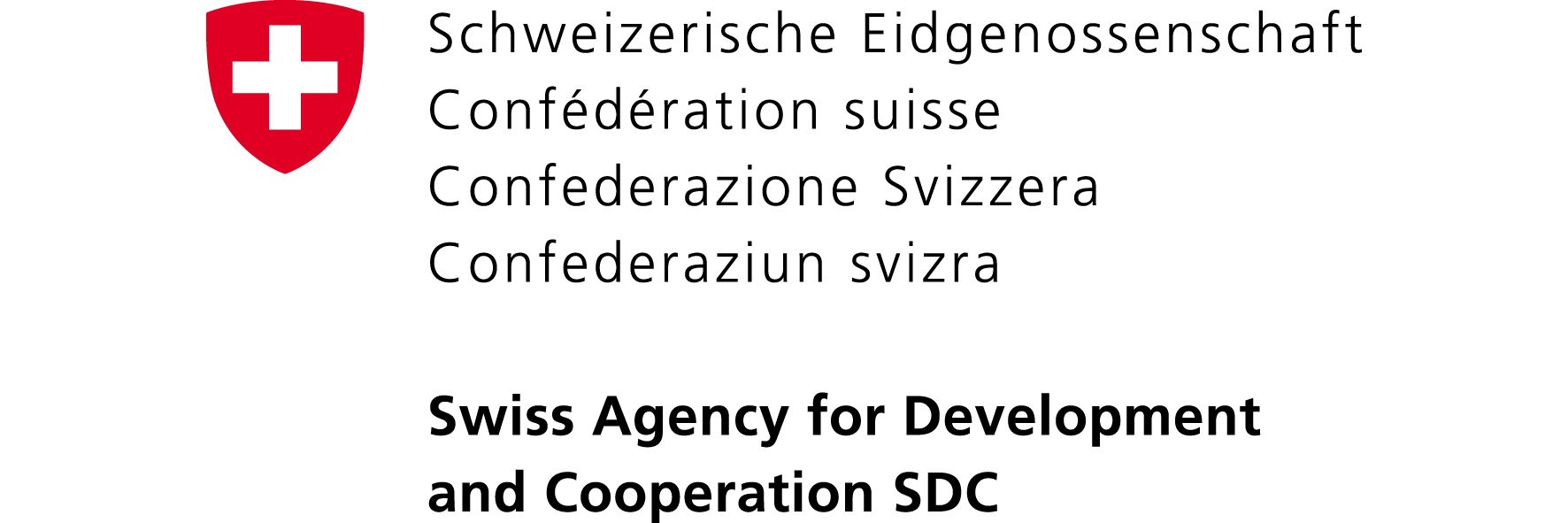The value add by the Swiss Agency for Development and Cooperation (SDC) in urbanising contexts

The relationship between urbanisation and global socio-environmental challenges is clearly recognised by multilateral organisations like the World Bank and organisations in the UN system.
An important indication of this relationship are the Sustainable Development Goals (SDGs). SDG 11 calls for cities and human settlements to be inclusive, safe, resilient and sustainable.
Despite the varying degrees of commitment to urban development by multilateral and bilateral agencies, cities still lack the capacity to respond to the social and environmental challenges linked to the growth of urbanisation, and the associated processes and interconnections along the rural-urban continuum. SDC engages with context of urbanisation and its impact in its work under the four strategic areas of Switzerland’s International Cooperation: People, Planet, Peace and Prosperity.
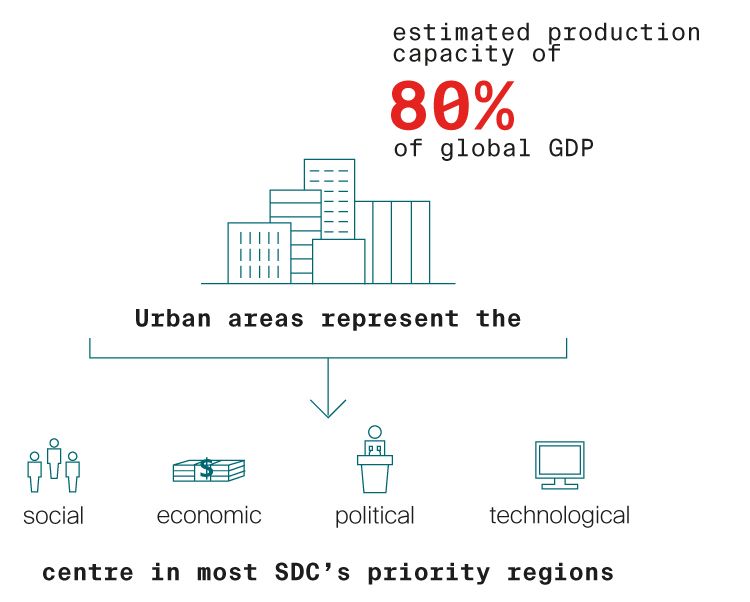
To effectively combat increasing poverty it is necessary to ensure that the wealth produced in urban areas is properly distributed.
To effectively combat increasing poverty it is necessary to ensure that the wealth produced in urban areas is properly distributed.
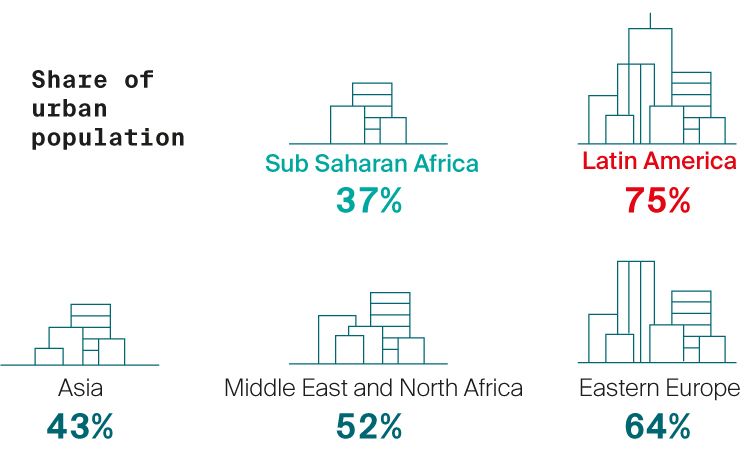
The share of urban population varies across SDC’s regions.
The share of urban population varies across SDC’s regions.
This report explores the current and potential future value-add of SDC’s activities in urbanising contexts, offers recommendations to expand Switzerland’s urban development capacity and identifies SDC's potential future priorities in an increasingly urbanised world. The report was prepared by the Swiss Federal Institute of Technology of Lausanne with support from the London School of Economics and Political Science.
Global urbanisation has changed the world. The majority of the worlds poor still live in rural areas but the proportion of people living in urban poverty is rising. Urbanisation contributes to poverty reduction overall, for example, through reducing demand on rural economies and employment, and through remittances. The majority of the world’s urban population live in settlements of one million or less, with the small and medium-sized cities of Africa and Asia absorbing the majority of the world’s population growth in the years ahead. It is unevitale therefore to address urbanisation as part of delivering SDC’s mandate of reducing poverty.
All priority regions have most of their populations in cities with less than 300,000 inhabitants. The SDC has considerable experience of working in intermediary cities and towns, which are often host to large reservoirs of urban poverty as well-being first ports of call for rural-urban migrants.
Overall, countries and regions with the smallest share of urban population tend to have the highest projected urbanisation rates. Sub-Saharan Africa and Asia are the two regions with the largest projected urbanisation rates between 2020 and 2025 at 4.15% and 2.7% annually respectively. In Eastern Europe, the rate is low across all priority countries at below 1%, except in Albania and Azerbaijan. Countries in the MENA region are not expected to have a strong increase in urban population ranging between 1 to 2% annually, except for the Occupied Palestinian Territory which is an outlier in the region and close to 3%. In Latin America and the Caribbean, urbanisation is not expected to increase significantly but the share of urban population living in slums is realitvely high at 38.6%.

Osh, Kyrgyzstan
Osh, Kyrgyzstan

Hoyo, Friusa, Dominican Republic
Hoyo, Friusa, Dominican Republic
The share of the population living in slums worldwide has increased from 23% to 24% between 2014 and 2018, meaning that over one billion urban dwellers are slum dwellers (UN-Habitat).
According to the United Nations, the share of the population living in slums worldwide has increased. Slums are most often associated with megacities, but the poorest slums are frequently found in smaller and secondary cities. This trend towards an increase in the number of slum dwellers disproportionately affects Eastern and South-Eastern Asia (370 million), sub-Saharan Africa (238 million) and Central and Southern Asia (226 million).
SDC has much to offer in terms of slum improvement in relation to local governance, citizen participation as well as its thematic work in relation to, for example, the environment, basic services and healthy cities, the latter defined as those urban centres with health policy and planning in place to improve the physical, social and environmental conditions of people’s lives, from air quality to green spaces and better services.
The area of slum improvement and upgrading is an important area for SDC engagement in this regard.
2) Implications of the urban-rural continuum
Urbanisation is not only about megacities. It relates to the changing distribution of populations and activities along the rural-urban continuum. Rural development increasingly depends on urbanization processes, and no country has transitioned from low/middle income to high-income withouth urbanisation.
The traditional distinction between rural and urban development is no longer appropriate. Urbanization affects the whole territorial spectrum of international cooperation aiming improving the living of the most vulnerable populations groups. The SDC has considerable experience of working along the rural urban continuum and in intermediary cities and towns, which are often host to large reservoirs of urban poverty as well-being first ports of call for rural-urban migrants.
The potential to generate a wealth of data for analysis of the rural urban continuum rests with new digital technologies, such as innovations in geospatial science and the integration of spatial and statistical analysis. The data collected allows for the monitoring and understanding of rural-urban connectivity as well as urban dynamics across towns and cities. Such data serve as a basis for the design of contextualised solutions. The application areas of rural-urban and urban analytics are numerous relating to many areas of development cooperation from software development, agriculture, transport and mobility, climate change and risk detection, public health, security, and population mobility.






Swiss Agency for Development and Cooperation (SDC) has much to offer addressing the challenges and opportunities of urbanisation aiming at:
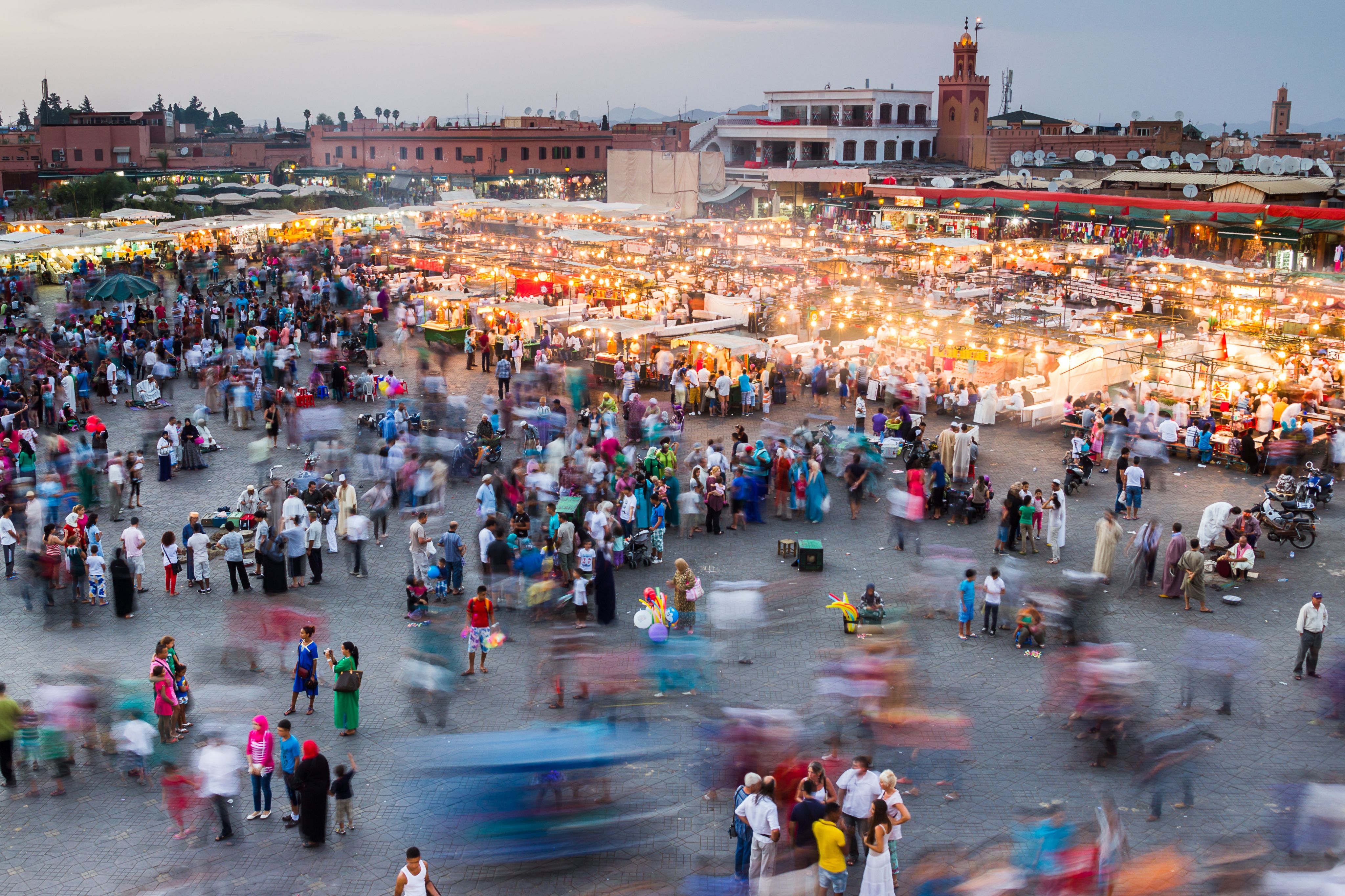
Inclusive cities:
SDC works towards urban systems which leave no space and no person behind. Through its engagements in local governance, migration and protection, as well as humanitarian aid, SDC contributes to creating better conditions for the cities most vulnerable inhabitants and neighbourhoods enabling them to be fully part of the city and to benefit equally from the opportunities of urbanisation for improved living conditions.
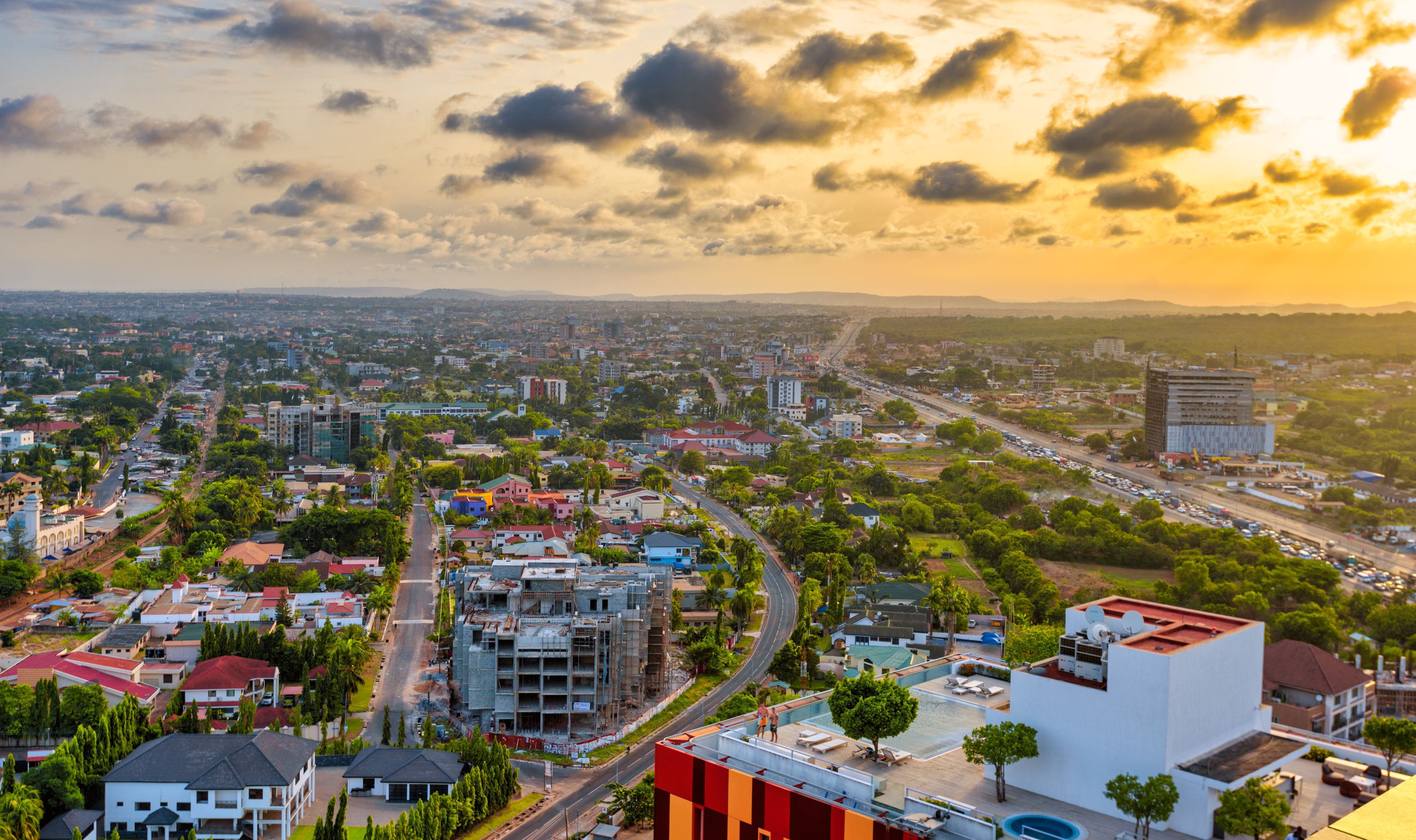
Resilient cities:
SDC works towards resilient urban systems which can cope with changes and shocks in the environment and the social and economic system and contribute positively to preserving the environment and natural spaces. Through its engagement in climate change, environment and DRR and its engagement towards healthy cities, SDC contributes to improving people's physical, social and environmental conditions, from air quality to green spaces and better services.

Functional cities:
SDC works towards functional urban systems which are able to provide high-quality public services and economic opportunities for all its inhabitants and in all its neighbourhoods. Through its engagement in local economic development, vocational skills, food, health and water, systems SDC contributes to improving the living conditions and livelihood opportunities for the most vulnerable populations along the rural-urban continuum.
The 66 analysed projects in the different SDC regions cover 14 main topics, detailed in the chart below.
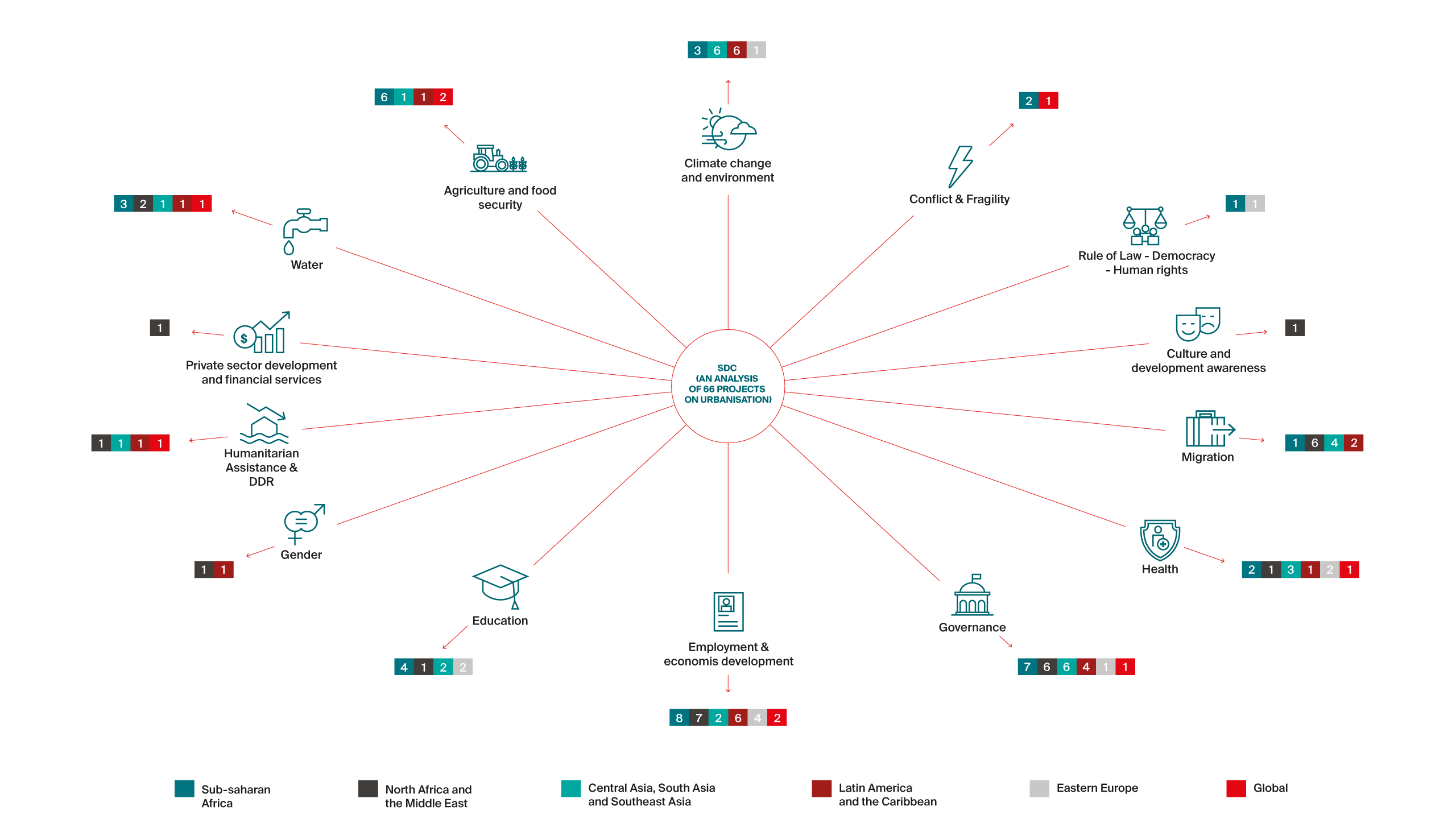

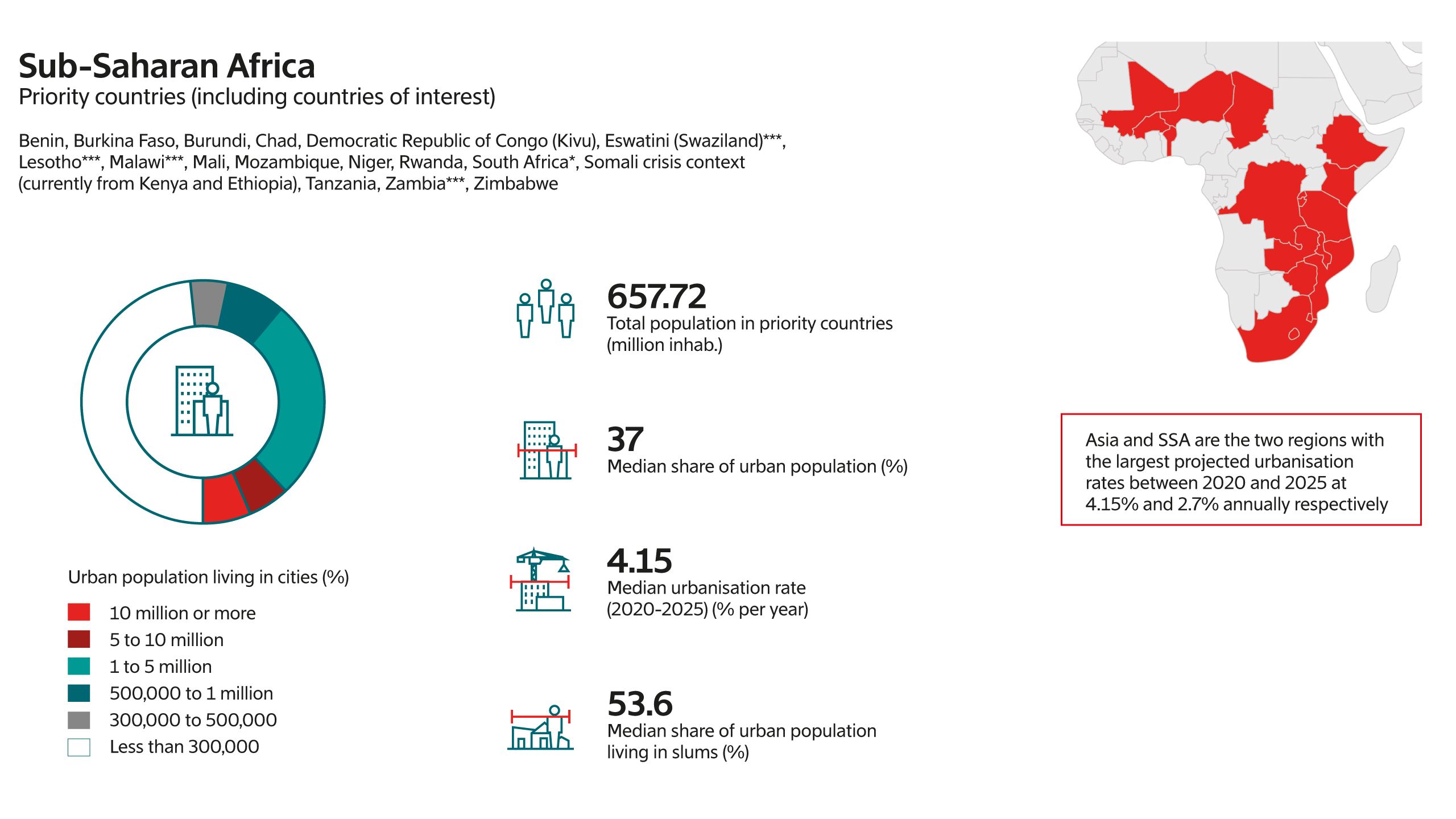

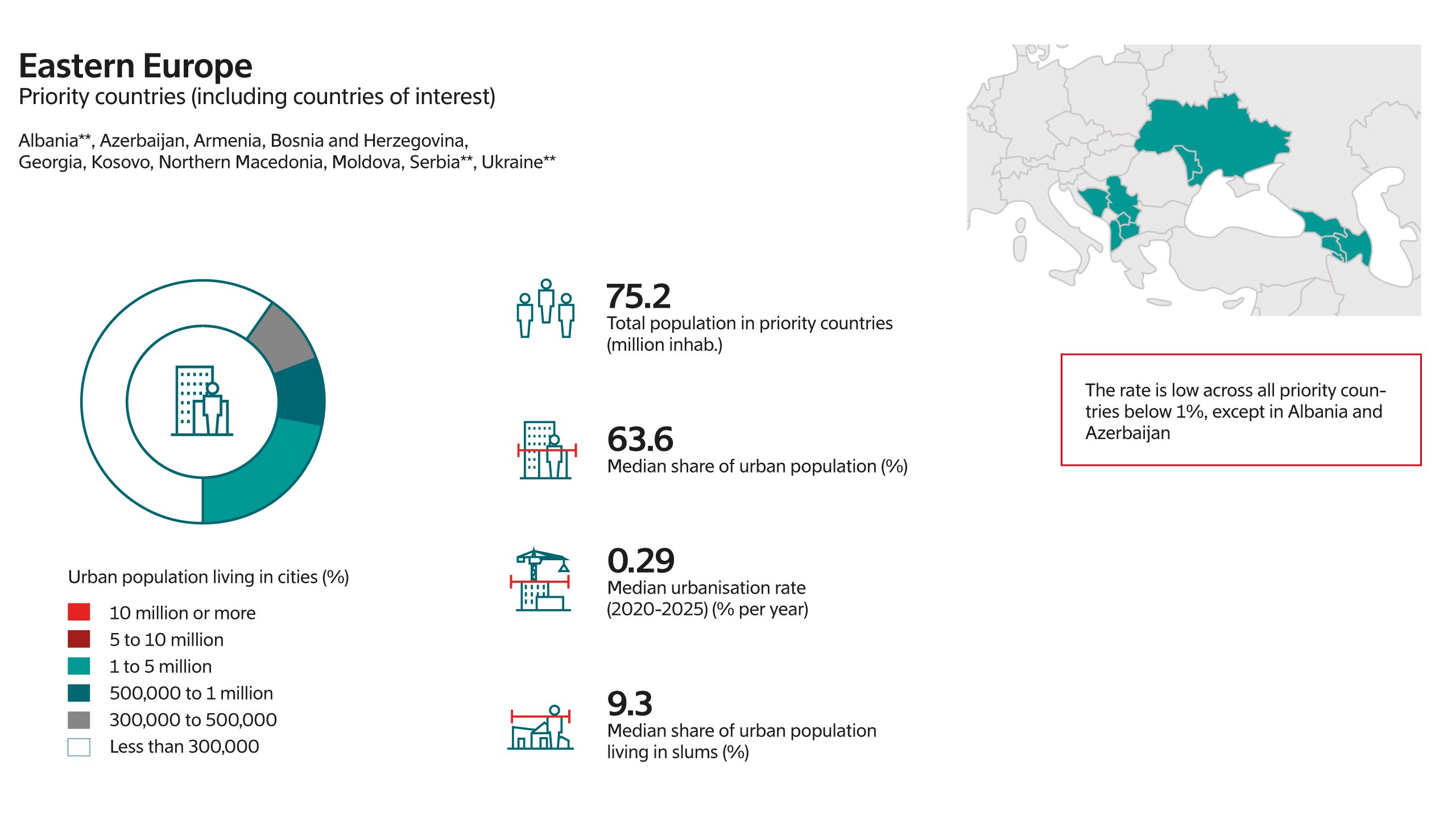
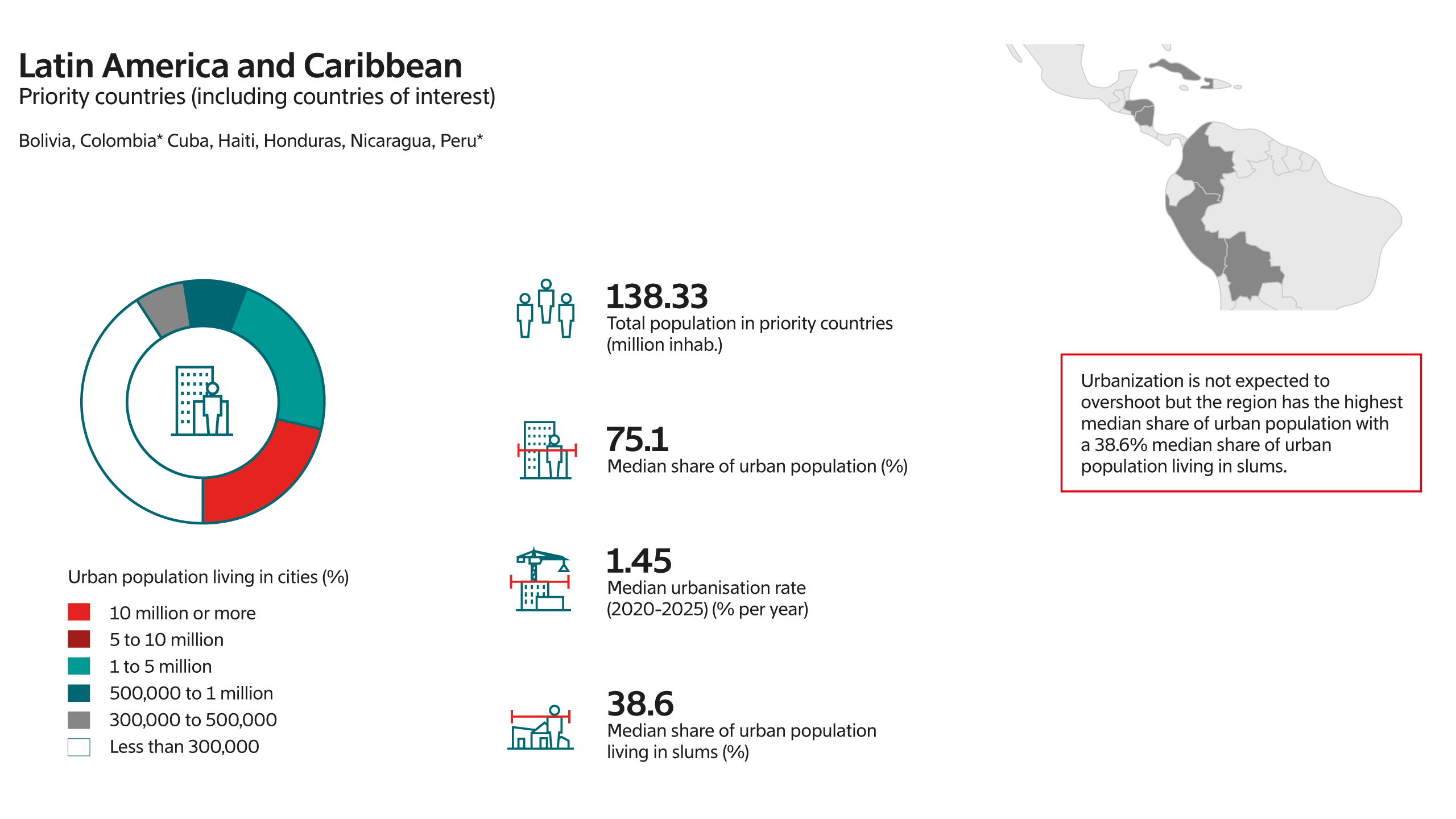
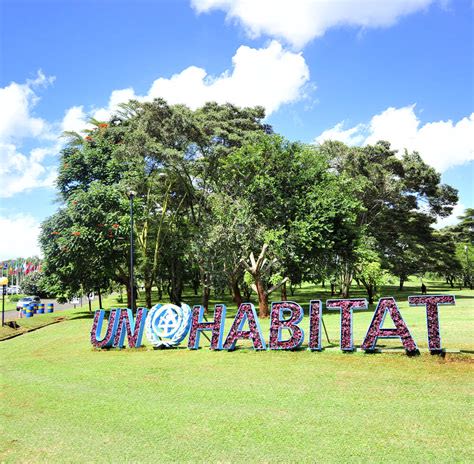
4) SDC and international partners working on the urban-rural continuum
Within the UN system, UN-Habitat, is the main body addressing the challenges of urbanisation. It is mandated by the UN General Assembly to promote socially and environmentally sustainable towns and cities. As well, it is the focal point for all urbanization and human settlement matters within the UN system.
Important multilateral actors include the European Union, the European Investment Bank, and the regional finance institutions such as the Asia Development Bank, the Inter-American Development Bank and the African Development Bank.
In Switzerland's priority regions, many important bilateral actors contribute in their own way to identifying the opportunities and problems resulting from the unprecedented phenomenon of urbanization. This is the case for AFD, USAID and JICA.


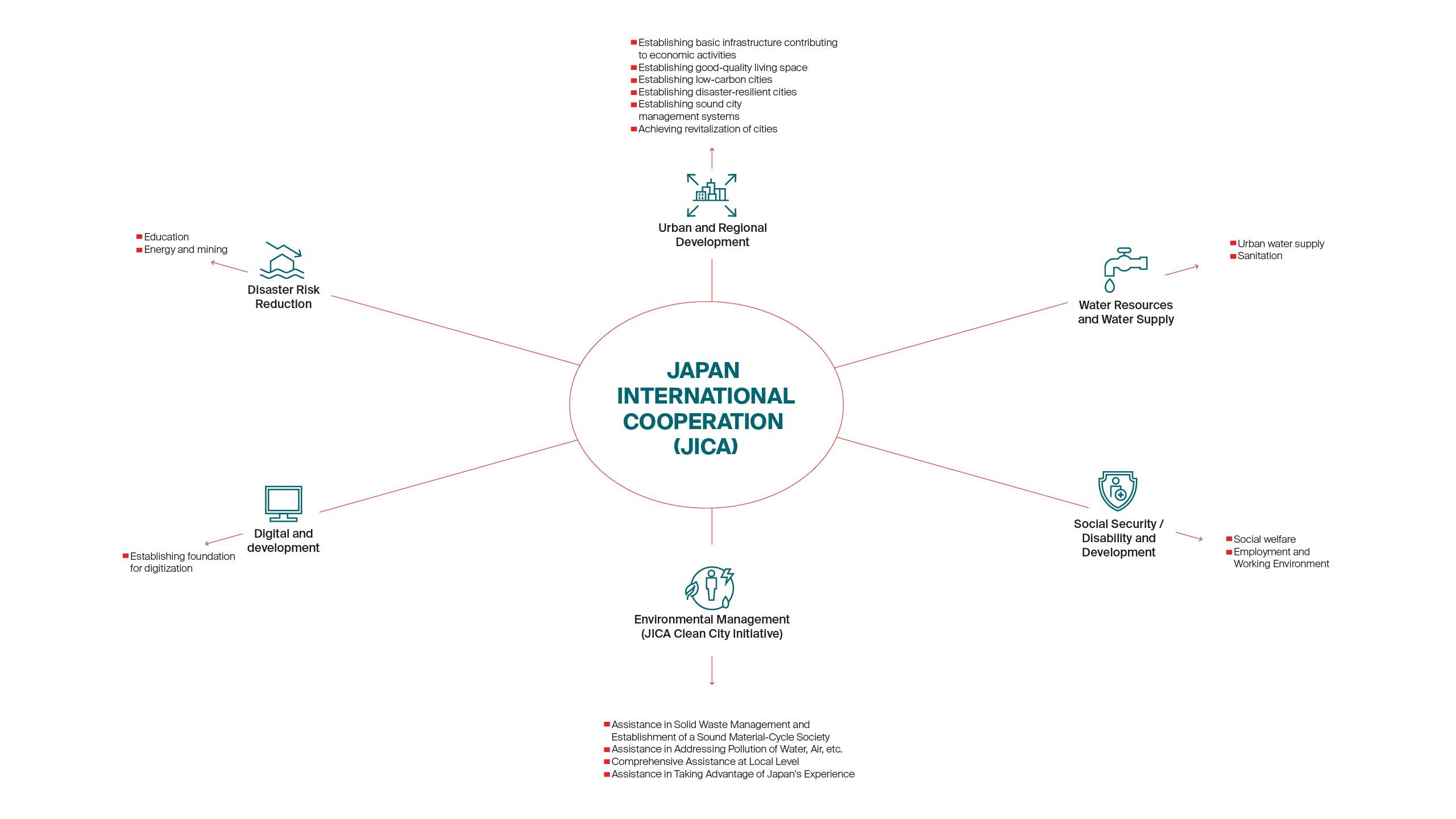
The SDC can distinguish itself by facilitating a bottom-up approach thanks to its local presence
Although engaging with national and local actors, most of the partners have a top-down approach, which means they mostly engage with the National levels. SDC has particular experience and a track record working with sub-national governments and organizations in relation to decentralisation and federalism and including engagement with metropolitan and/or municipal governments in towns, intermediary and larger cities, as well as groups of organized citizens and civil society organizations engaged in these contexts.
5) Strategic objectives of Swiss value-add in sustainable urban development
To meet the growing urbanisation challenges facing the target regions, the SDC is exploring alternative avenues for addressing urban development for Swiss International Cooperation. Under the priorities of the IC Strategy, SDC proposes to:
■ Promote inclusive Cities by strengthening local peace action and decentralized governance,
■ Contribute to resilient urban Systems by supporting efforts to build climate resilient cities and improved natural hazard management,
■ Foster functional urban systems by promoting innovation, education and research in growing cities.
Switzerland has major added value through its local presence on the ground and its vast experience, particularly in decentralisation/federalism and local governance. The commitment and experience of working with local governments could be an important asset in the context of debates on decolonising development and localising aid. SDC can articulate its activities with SECO through coordinating bottom-up and top-down approaches that are participatory and inclusive.

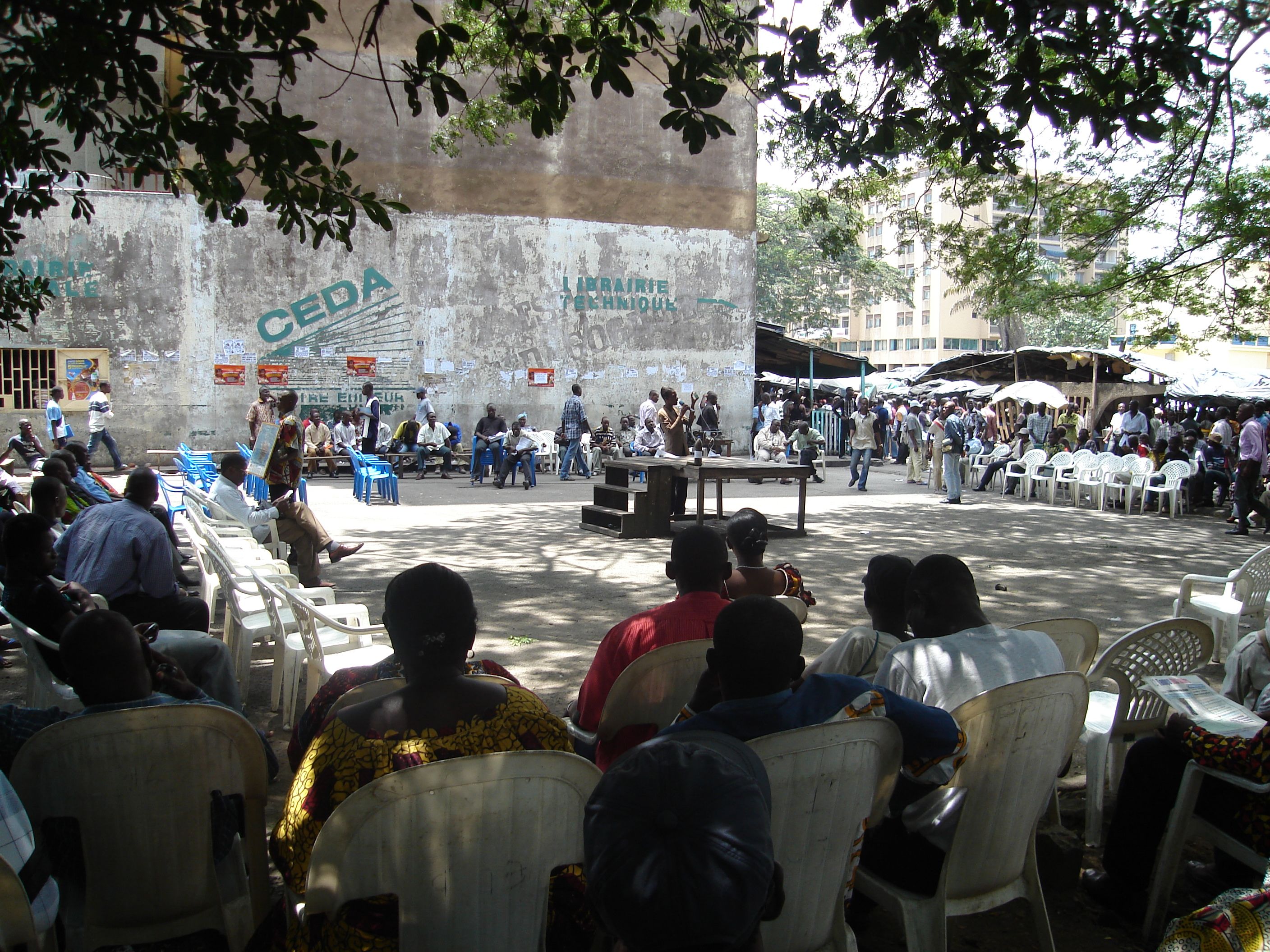
©sensecity_africa
©sensecity_africa

©sensecity_africa
©sensecity_africa

©sensecity_africa/Leandry JIEUTSA
©sensecity_africa/Leandry JIEUTSA

©adobestock/Wacha Studio
©adobestock/Wacha Studio
6) Opportunities for the SDC in urbanising contexts
6.1) Immediate opportunities
Immediate opportunities to integrate urbanisation as a contextual cross-cutting issue present themselves. We analyse these under SDC’s four strategic areas, ordered by relevance.

a. Peace, Governance, Equality
Switzerland is well positioned to address multi-level governance, given its own canton system and experience in participatory decision making. SDC has a wealth of experience working to improve equality and social cohesion. In local governance and decentralisation it is committed to working with local partners such as municipalities and civil society organisations. There are opportunities to refresh SDC’s offer to include metropolitan multilevel and emergency governance and to work in synergy with SECO on governance issues relating to infrastructure and the economy.

b. Climate, DRR, Environment
The risk profile of cities has increased due to climate change and unplanned urbanisation. As people and assets are concentrated in cities, impacts of hazards and natural disasters are more intense.
Cities contribute to climate change as areas of high population concentration, economic activity and consumption. Targeting urban areas can reduce risk through addressing environmental negatives such as air pollution and greenhouse gas emissions. SDC has engaged in-depth on air pollution in cities in Latin America and Asia.
Under themes such as water there are opportunities to build on existing SDC expertise (from watersheds through to standpipes in slums), to demonstrate interaction along the rural urban continuum. The Swiss, SDC and SECO, have the ability to combine and coordinate governance and institutional with infrastructure-related urban tools.
Switzerland has a long experience in waste management. Recent studies show waste generation rates are high in low/middle income countries. Switzerland has taken effective measures to reduce waste generation at source and improve waste treatment. There are opportunities for SDC and SECO to cooperate, combining interventions involving financing, infrastructure, and municipal reform with involvement of the informal waste economy.
SDC has vast experience in spatial planning and there is significant potential to combine this with Switzerland’s Centre for Development and Environment’s expertise in supporting the design of low-cost, climate-friendly housing.

c. Economic development
Urban areas play a disproportionate role in productivity and trade and have a key role in providing livelihoods. Academic research in Switzerland’s leading research institutions could support local expertise and entrepreneurship, especially in high-tech sectors and in relation to environmentally friendly economic development and green growth.
Food systems fit well into an understanding of urbanisation as a process of interaction. They involve food production, transportation, marketing, consumption and nutrition in food supply chains that straddle the rural-urban continuum.
Education and training constitute not only a social good, a human right, and a contribution to livelihood creation but also offer a valuable contribution to economic development in ways that utilise Switzerland’s rich academic and research offer.
ICTs have great potential to solve urban problems across the urban-rural continuum. Switzerland is considered an innovative country with expertise to share in cities. SDC could enhance existing digital innovation in areas such as market knowledge within food systems, local governance programs, the reach of healthcare and data, as well as skills development.
The private sector is important but in SDC target countries it is not monolithic. It includes a range of actors from large investors through to small and medium sized entrepreneurs. Ways could be sought to exploit existing synergies and complementarity between the SDC and SECO towards integrated approaches to environmentally friendly / green economic development including public private partnerships, incorporating a full range of actors including the urban informal economy.
The role and contribution of the private sector in urbanising contexts is essential and a primary component of economic development that puts knowledge and innovative ideas into practice. SDC can coordinate with SECO on SME development and bring in an understanding of social impact entrepreneurs and the urban informal economy.

d. Human development
Human development cross-cuts many activities in the other strategic areas. SDC aims to act where needs are most urgent, and social need is increasingly oriented towards urban areas, with implications for humanitarian aid as well, which in turn is increasingly urban. This refers both to existing urban settlements exhibiting humanitarian need and settlements created due to humanitarian crises. Urban areas are overwhelmingly youthful in many of SDC target regions, with implications for priorities in human development and the need to integrate young people socially, economically and in terms of governance.
Respectively, 60% and 80% of Refugees and IDPs live in urban areas. There is a blurring of the lines between humanitarian and development assistance. Interventions are increasingly needed in towns and cities. With its new structure SDC is well prepared and positioned to work on the nexus between humanitarian and development work, to address increased urban violence through citizen security and psychosocial support and to play a pioneer role in tackling these challenges.
Health and safety usually come under human development, but urbanisation is pushing to breaking point the safety of many urban residents given the increase in urban violence in many cities. Urban safety and security are threatened not only by conflict generated within cities. Safety and security are further impacted by unsafe living conditions due to natural hazards, inadequate services and poor health conditions. Switzerland's extensive experience and expertise in the health and humanitarian sectors offer new opportunities for knowledge exchange and investment in the regions.
6.2) Mid-to-longer-term term opportunities
Over the longer term SDC could continue with urbanisation as a transversal or contextual area but the following would be necessary:
■ A clear positioning of SDCs approaches and added value in urban and urbanising contexts will facilitate increased complementarities and synergies between SDC and SECO at the country or regional level and enable a more systematic and coherent policy dialogue for Switzerland on a global level.
■ Existing partnerships with UN-Habitat and Cities Alliance, should be strengthened and used more systematically and strategically, within the context of a coherent SDC policy dialogue at the regional and global level
■ Consolidate the focus on towns and intermediary cities but where relevant, extend to larger cities where, for example, opportunities exist to address poverty in urban slums and informal settlements, or where opportunities to support SMEs present themselves
■ A greater focus on slums and informal settlements as a site of intervention because while a majority of poor people still live in rural areas, the geography of poverty is changing, with most urban poor living and working in slums.
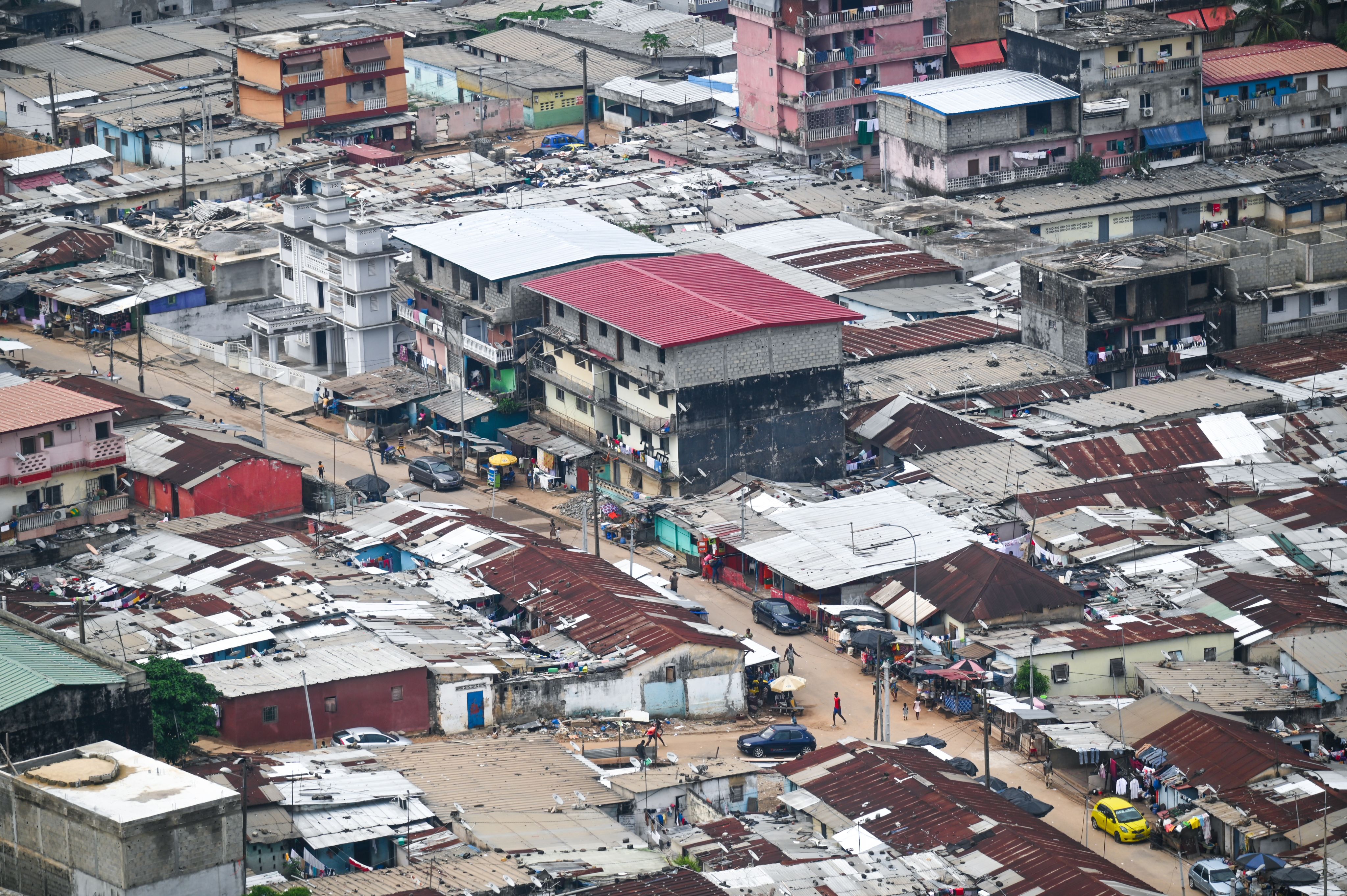
Abidjan, Côte d'Ivoire
Abidjan, Côte d'Ivoire
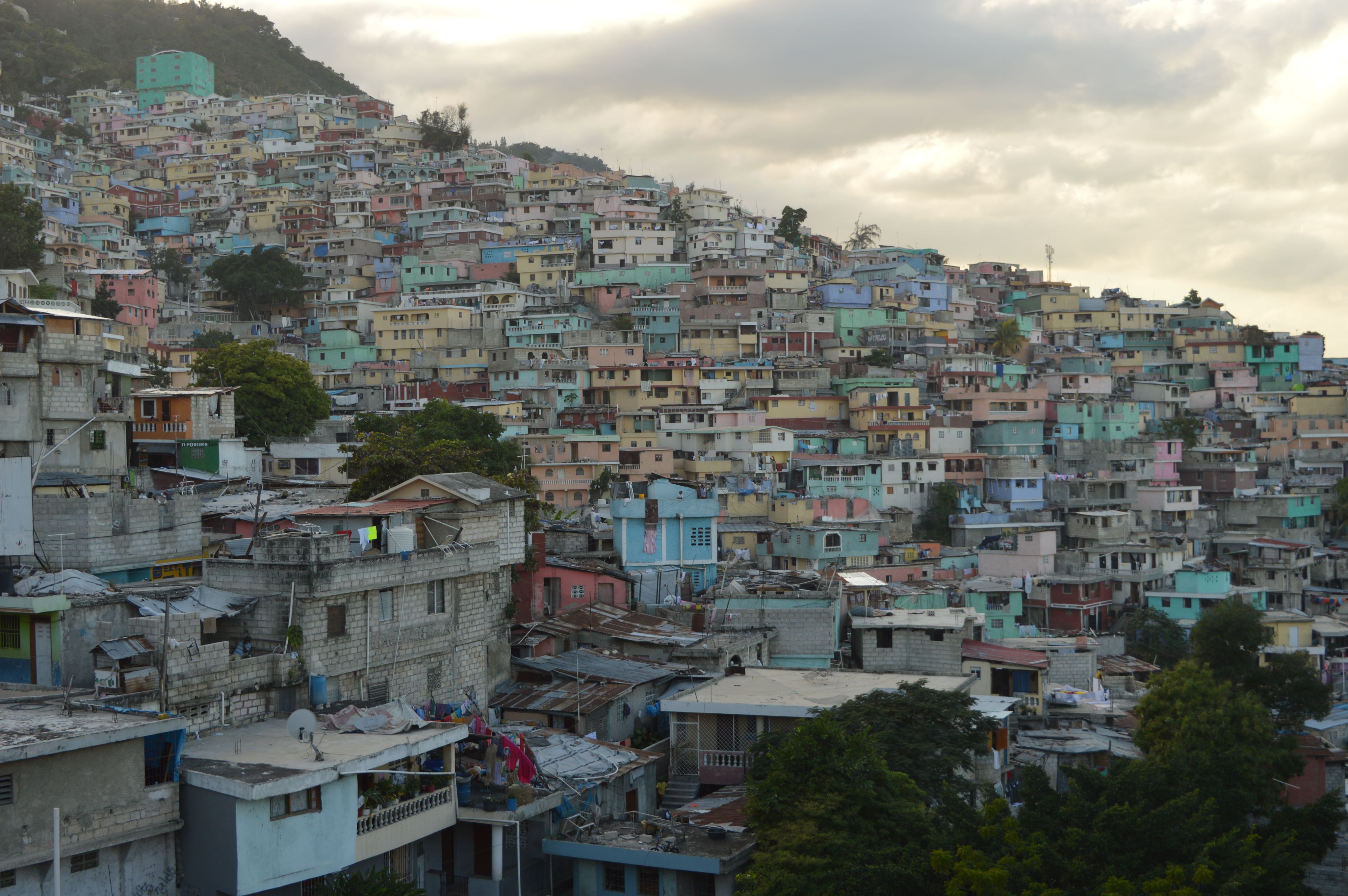
Port au Prince, Haîti ©ChrisOvergaard
Port au Prince, Haîti ©ChrisOvergaard
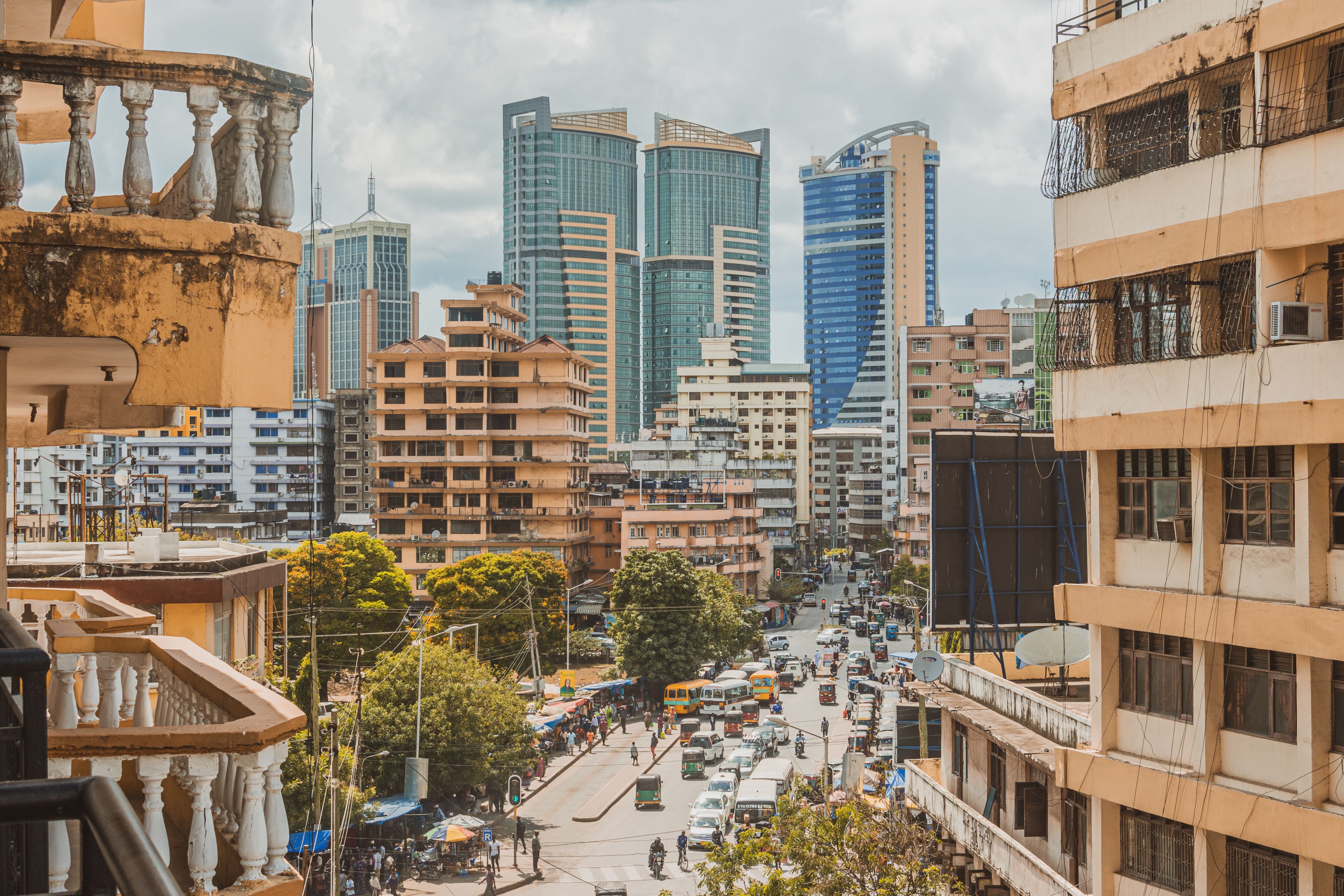
Dar Es Salam, Tanzania
Dar Es Salam, Tanzania
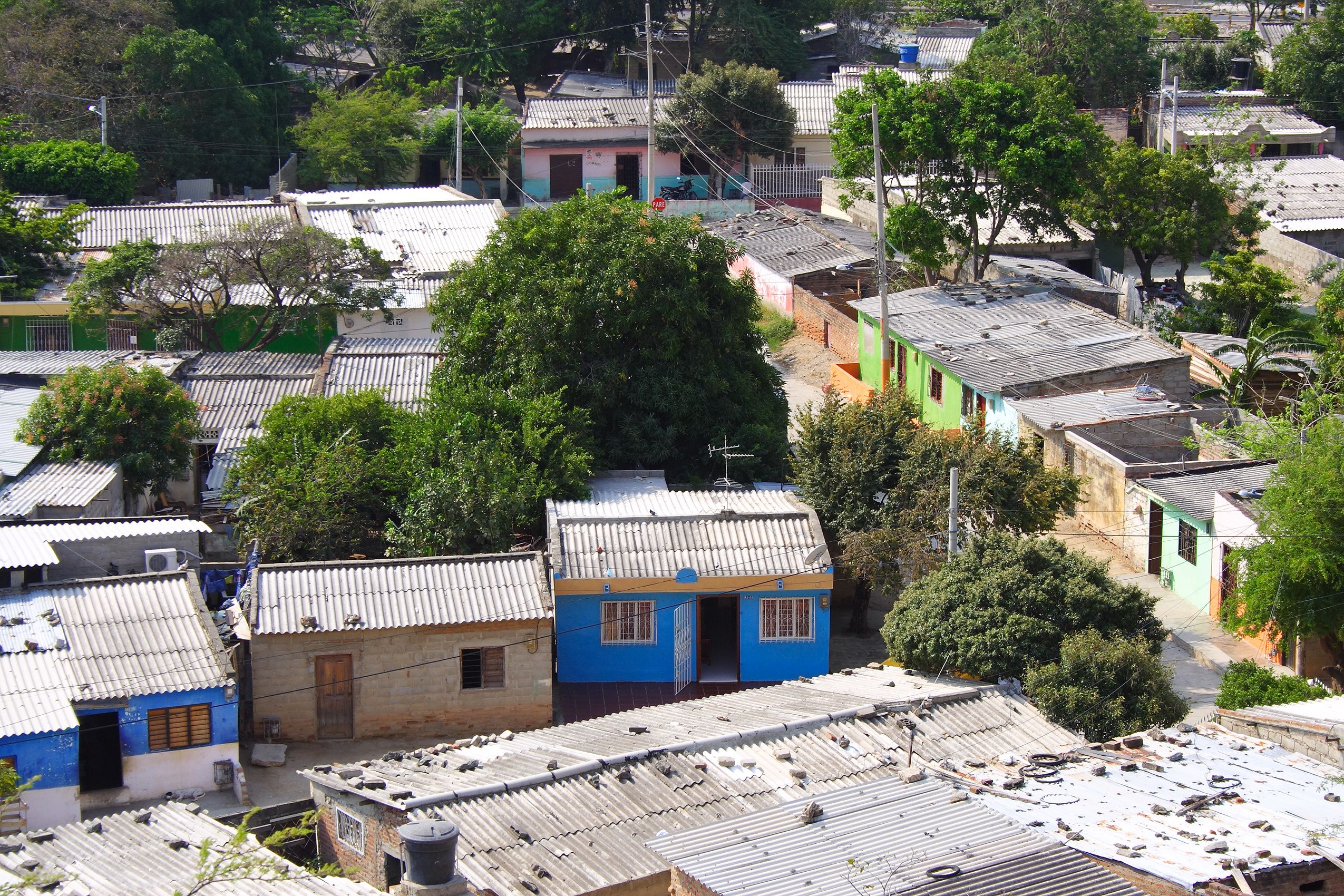
Santa Marta, Colombia
Santa Marta, Colombia
7) SDC and SECO as Swiss Value Add on urbanisation issues
The traditional distinction that places SECO as responsible for urban areas and the SDC for rural areas is outdated. The centre of gravity across Swiss cooperation must be aligned with the realities of rapid urban growth in target regions.
This means:
■ Working systematically and strategically to strengthen the synergies and complementarities between SDC and SECO
■ Addressing the disadvantages of the current system that discourage joined-up thinking
■ Coordinating people-focused, institutional and infrastructure-related issues in a joined up way requiring synergy between SDC and SECO in order for Swiss value add to be cutting edge.
|
EPFL's autors |
LSE's authors |
|
Jérôme Chenal |
Jo Beall |


